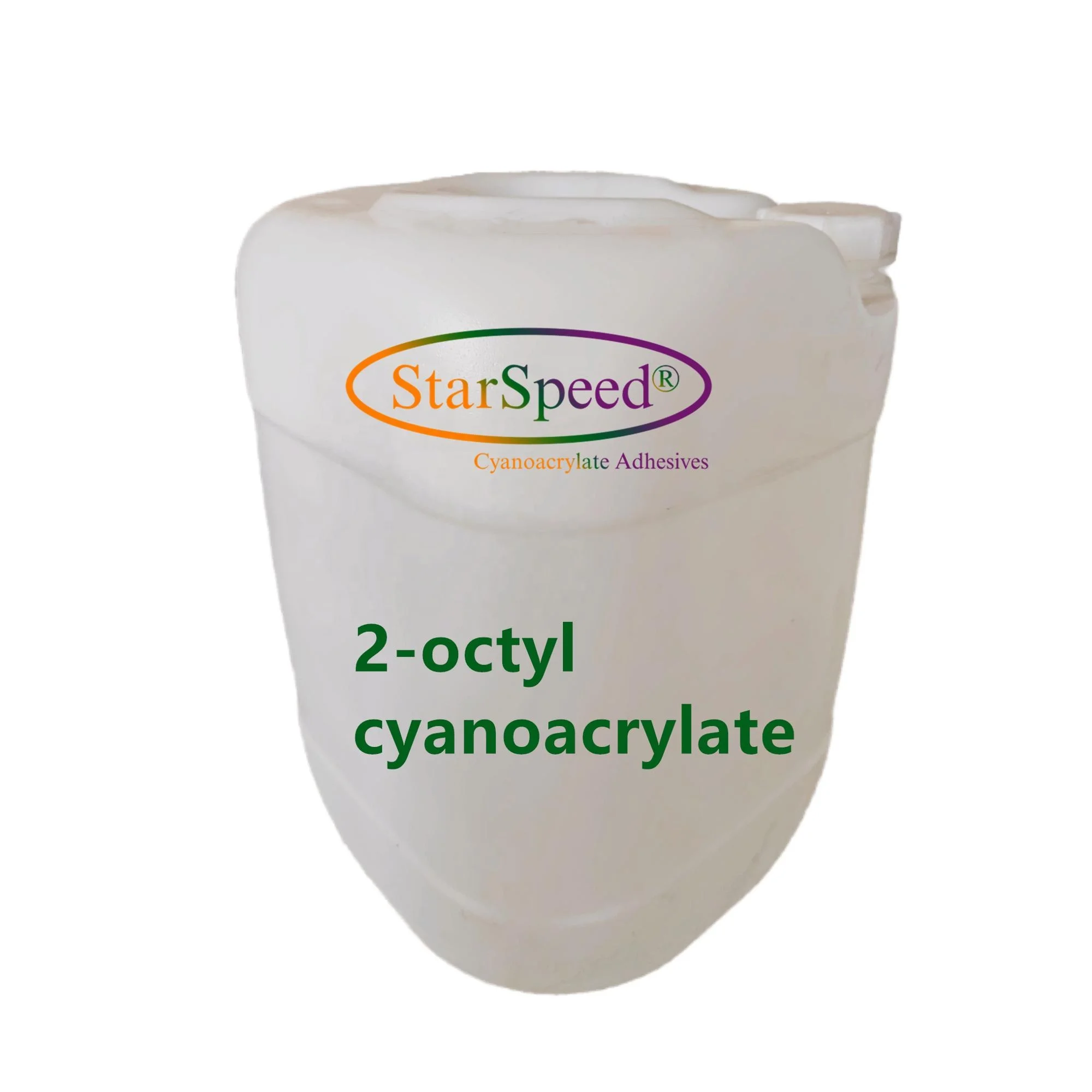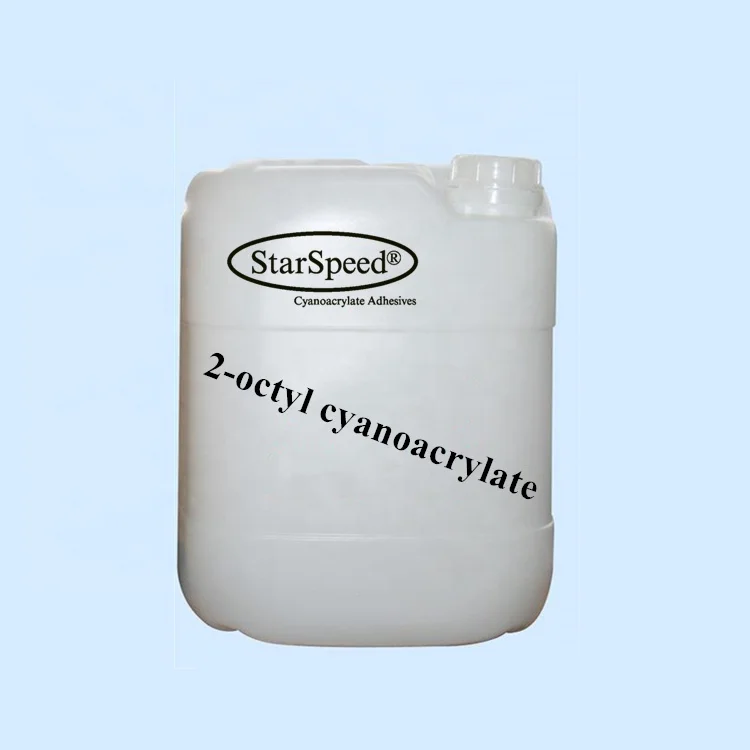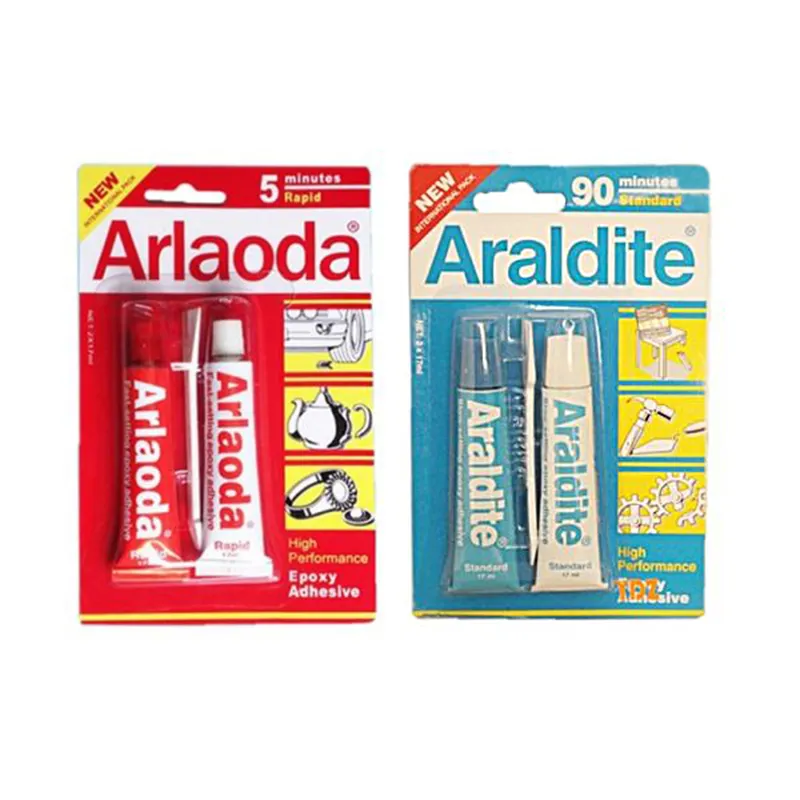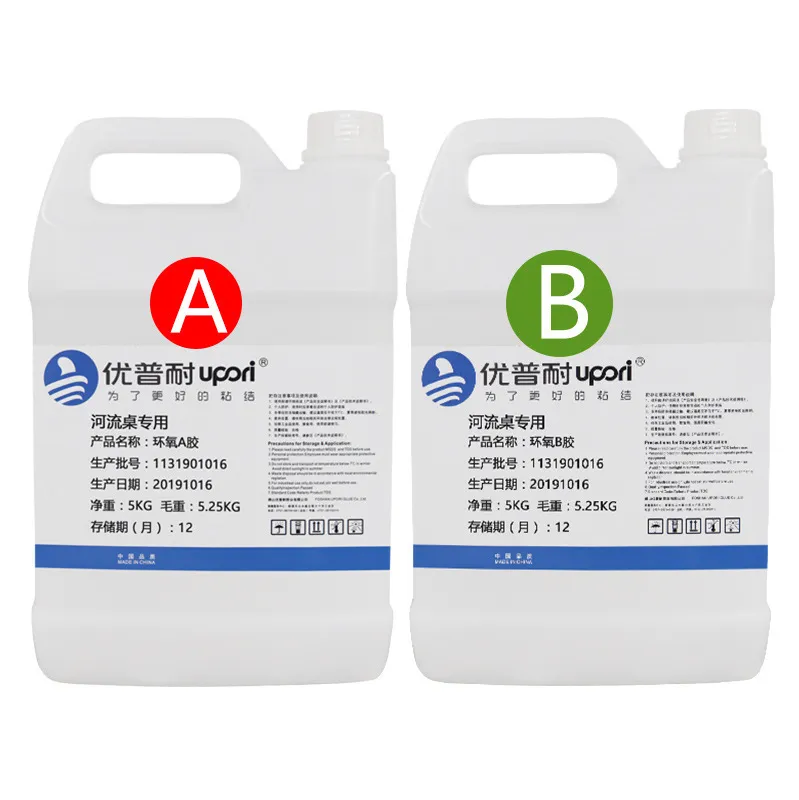2-октил 2 цианоакрилат нетоксичный клей в барабанной упаковке CAS
- Категория: Клеи и герметики >>>
- Поставщик: Jingzhou,Shengjie,Technology,Co.,Ltd.
Поделиться:
Описание и отзывы
Трекер стоимости
| Месяц | Минимальная цена | Макс. стоимость |
|---|---|---|
| Sep-16-2025 | 714.82 $* | 750.88 $* |
| Aug-16-2025 | 708.50 $* | 743.3 $* |
| Jul-16-2025 | 594.97 $* | 624.35 $* |
| Jun-16-2025 | 696.51 $* | 731.18 $* |
| May-16-2025 | 606.33 $* | 636.73 $* |
| Apr-16-2025 | 684.9 $* | 718.38 $* |
| Mar-16-2025 | 678.0 $* | 712.48 $* |
| Feb-16-2025 | 672.68 $* | 706.71 $* |
| Jan-16-2025 | 666.33 $* | 699.95 $* |
Характеристики
Product Description

2-Octyl α-Cyanoacrylate, Ocrylate
Alias: Octan-2-yl 2-cyanoprop-2-enoate, 2-OCTYL CYANOACRYLATE, 2-Propenoic acid, 2-cyano-, 1-methylheptyl ester
CAS No. : 133978-15-1
EINECS#: 700-845-1
Molecular formula: C12H19NO2
Molecular weight: 209.285
Appearance: transparent liquid
Purity: 98%min
Uses: Used to prepare Tissue adhesive and hemostatic adhesive, used for surgical hemostasis and suture. Rapidly polymerizes in contact with water and surfaces with anions.
CAS No. : 133978-15-1
EINECS#: 700-845-1
Molecular formula: C12H19NO2
Molecular weight: 209.285
Appearance: transparent liquid
Purity: 98%min
Uses: Used to prepare Tissue adhesive and hemostatic adhesive, used for surgical hemostasis and suture. Rapidly polymerizes in contact with water and surfaces with anions.
History and Development of Tissue Adhesive
In 1959, a variety of cyanoacrylate adhesives were developed, some types of which are now used for surgical purposes in Canada and Europe. These glues polymerize on contact with basic substances such as water or blood to form a strong bond. The first glue developed was methyl cyanoacrylate, which was studied extensively for its potential medical applications and was rejected due to its potential tissue toxicity such as inflammation or local foreign body reactions.
Further research revealed that by changing the type of alcohol in the compound to one with a longer molecular chain, the tissue toxicity was much reduced. All the medical grade tissue adhesives currently available for human use contain butyl-esters.
In 1964, the Tennessee Eastman lab submitted its first application for new drug approval to the FDA. The military learned of this new glue and became extremely interested in its potential for use in field hospitals.
N-butyl cyanoacrylate has been used extensively in Europe since the 1970s for a variety of surgical applications including middle ear surgery, bone and cartilage grafts, repair of cerebrospinal fluid leaks, and skin closure.
Medical grade products currently available contain either butyl, isobutyl or octyl esters. They are bacteriostatic and painless to apply when used as directed, produce minimal thermal reaction when applied to dry skin and break down harmlessly in tissue.
The only currently FDA approved adhesives suitable for use as suture alternatives are n-butyl- cyanoacrylate tissue adhesives.
Further research revealed that by changing the type of alcohol in the compound to one with a longer molecular chain, the tissue toxicity was much reduced. All the medical grade tissue adhesives currently available for human use contain butyl-esters.
In 1964, the Tennessee Eastman lab submitted its first application for new drug approval to the FDA. The military learned of this new glue and became extremely interested in its potential for use in field hospitals.
N-butyl cyanoacrylate has been used extensively in Europe since the 1970s for a variety of surgical applications including middle ear surgery, bone and cartilage grafts, repair of cerebrospinal fluid leaks, and skin closure.
Medical grade products currently available contain either butyl, isobutyl or octyl esters. They are bacteriostatic and painless to apply when used as directed, produce minimal thermal reaction when applied to dry skin and break down harmlessly in tissue.
The only currently FDA approved adhesives suitable for use as suture alternatives are n-butyl- cyanoacrylate tissue adhesives.
Product packaging






Our Advantages
Formulated Cyanoacrylate adhesives or monomers: Ethyl α-cyanoarylate, N-butyl cyanoacrylate, Isobutyl cyanoacrylate, N-octyl cyanoacrylate, Methoxyethyl 2-cyanoacrylate. In bottle packing and drum packing.
Filled Cyanoacrylate glue: Super glue, industrial adhesive, nail glue, eyelash glue, medical glue. In comercial packing with our brands.
OEM/ODM
Supply cyanoacrylate adhesives in your required package with your brand, or tell us your thinkings of the product you want, we design for you.
Company Profile

Jingzhou Shengjie Technology Co.,Ltd.
Located in Jiahai Zheshang Industrial Zone, Jingzhou City, Hubei Province. It has a production area of 3000 square meters, and is equipped with an independent R&D laboratory of 500 square meters. We provide customers with high quality cyanoacrylate adhesives, industrial application adhesives and solutions for difficult-to-stick materials.
The founder of the company, Mr. Wang, used to work in a Chinese largest glue company, responsible for production and technical work, focusing on the R&D and production of cyanoacrylate adhesive products for more than 20 years. He started Shengjie Thech in 2015, set up many high-end instant adhesive brands such as StarSpeed and MIAOMIAO GU, all have very high reputations and brand values in the related industries.
The founder of the company, Mr. Wang, used to work in a Chinese largest glue company, responsible for production and technical work, focusing on the R&D and production of cyanoacrylate adhesive products for more than 20 years. He started Shengjie Thech in 2015, set up many high-end instant adhesive brands such as StarSpeed and MIAOMIAO GU, all have very high reputations and brand values in the related industries.
FAQ
FAQ
Q: Are you a trading company or manufacturer?
A: We are a professional cyanoacrylate manufacturer and also trading company, so we can provide you high quality products with good price and excellent service.
Q: Can I use our own LOGO ?
A: Yes, we can supply you with OEM service, using your logo and design.
Q: Do you provide samples? Is it free or need extra charges?
A: Yes, the sample is free if it is in stock, but the customer need to pay the freight.
Q: How long is your delivery time?
A: Generally 5-10 days if the goods are in stock, if no stock the delivery time will be 15-30 days.
Q: MOQ?
A: Different products have different MOQs, we can disscuss that with details.
Q: What’s about your customer service after sales?
A: Generally, we have 2 years quality guarantee, except for some special products.
A: We are a professional cyanoacrylate manufacturer and also trading company, so we can provide you high quality products with good price and excellent service.
Q: Can I use our own LOGO ?
A: Yes, we can supply you with OEM service, using your logo and design.
Q: Do you provide samples? Is it free or need extra charges?
A: Yes, the sample is free if it is in stock, but the customer need to pay the freight.
Q: How long is your delivery time?
A: Generally 5-10 days if the goods are in stock, if no stock the delivery time will be 15-30 days.
Q: MOQ?
A: Different products have different MOQs, we can disscuss that with details.
Q: What’s about your customer service after sales?
A: Generally, we have 2 years quality guarantee, except for some special products.









